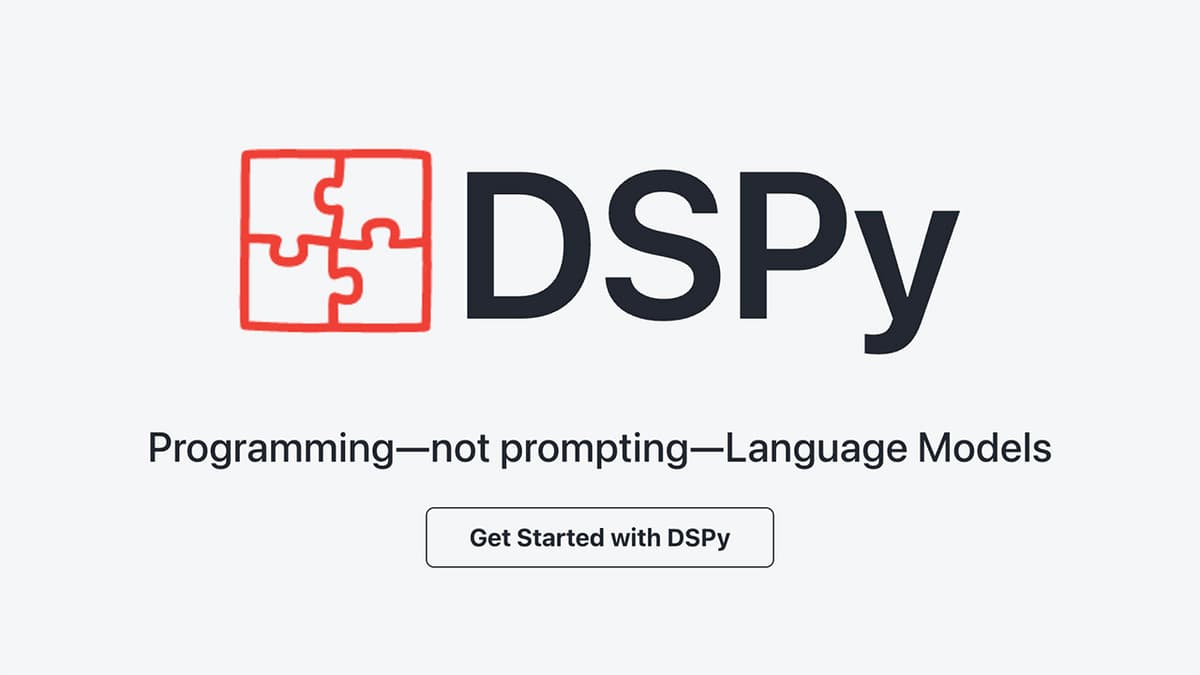Calculating Customer Acquisition Cost (CAC): An Essential Business Metric
Cost of Acquisition or Customer Acquisition Cost (CAC) is a vital metric for any business. In a competitive environment, knowing your financial metrics is crucial. This article focuses on CAC, a key metric that indicates the cost incurred to acquire new customers.
Defining Customer Acquisition Cost
CAC is a financial metric that calculates the total cost of winning a customer for your product or service. This cost includes marketing expenses, sales expenditures, and other components related directly to acquisition.
Importance of Calculating CAC
Calculating CAC is critical for marketing and sales, as well as for the overall organization. It helps businesses evaluate their marketing strategies and make adjustments for effective customer acquisition. This metric also provides insight into whether the current acquisition cost is sustainable for long-term financial health.
The Customer Acquisition Cost Formula
Understanding CAC is crucial for assessing marketing efficiency and overall business health. Here's the formula:
Html
Components of CAC
-
Total Cost of Marketing and Sales: This includes all expenses incurred to attract and secure new customers over a specific timeframe.
- Marketing Expenditures: Costs associated with marketing efforts, including advertising, content creation, and events.
- Sales Expenditures: Expenses related to the sales process, such as salaries, commissions, and sales software.
- Overheads: Operational costs linked to these efforts, like rent and utilities.
- Software and Tools: Costs of CRM systems and marketing platforms used to manage customer relationships.
-
Number of Customers Acquired: This is the total count of new customers gained within the same period. Clearly define what constitutes an "acquired customer" in your organization.
Calculating CAC
After summing all related costs, divide this amount by the total number of new customers acquired during the analyzed period. The result shows the average amount spent to acquire a single customer.
CAC in Action: An Example
For example, if a company invested \$100,000 in marketing and sales efforts in one fiscal year and gained 20,000 new customers, the calculation is:
Html
This indicates the company spends \$5 to acquire each new customer, a crucial figure for evaluating return on investment (ROI) in marketing.
Interpreting Customer Acquisition Cost
Calculating CAC is just one part. The next step is to interpret these numbers. A lower CAC generally suggests efficient marketing and sales efforts, yielding a higher ROI. Analyze these figures alongside the Lifetime Value (LTV) of your customers for better insights.
CAC vs. LTV: Finding the Sweet Spot
Lifetime Value (LTV): This estimates the total revenue expected from a single customer account throughout their relationship with your business. It considers repeat purchases, upsells, and customer loyalty.
Comparing CAC to LTV illustrates how much you're spending to acquire a new customer relative to the revenue they represent over time. A higher LTV compared to CAC is generally favorable.
What If CAC Exceeds LTV?
If CAC exceeds LTV, it's a warning sign. This means you're spending more to acquire a customer than they will generate in revenue, leading to negative ROI. This situation is unsustainable and should be addressed promptly.
However, in a competitive space, a higher CAC may be intentional to gain market presence. Monitoring this strategy closely is essential to ensure it leads to increased market share.
Achieving Equilibrium
To maintain financial health, aim for a balanced CAC-to-LTV ratio. A healthy ratio is 3:1, where LTV is about three times greater than CAC. This ensures your business generates sufficient revenue to justify acquisition costs.
Continuous Assessment for Strategic Advantage
Both CAC and LTV require ongoing reevaluation based on factors like market conditions and changes in your business model. A rise in acquisition costs might be acceptable during high-growth phases but must eventually stabilize for viability.
The Bigger Picture
Interpreting CAC in relation to LTV provides insights into your business's efficiency. This analysis aids in making informed decisions and optimizing customer value for sustainable growth.
Optimizing Customer Acquisition Cost
Businesses should always seek ways to optimize CAC. Strategies may include:
- Improving conversion rates
- Enhancing ad campaign engagement
- Lowering paid advertisement costs
- Implementing customer referral programs
- Increasing organic traffic
Identifying the most effective, cost-efficient channels can significantly impact CAC.
CAC is a critical business metric for evaluating marketing return on investment. Knowing the cost to acquire a new customer allows businesses to optimize their strategies and maintain financial health. A solid grasp of CAC is essential for business success in a competitive landscape.












